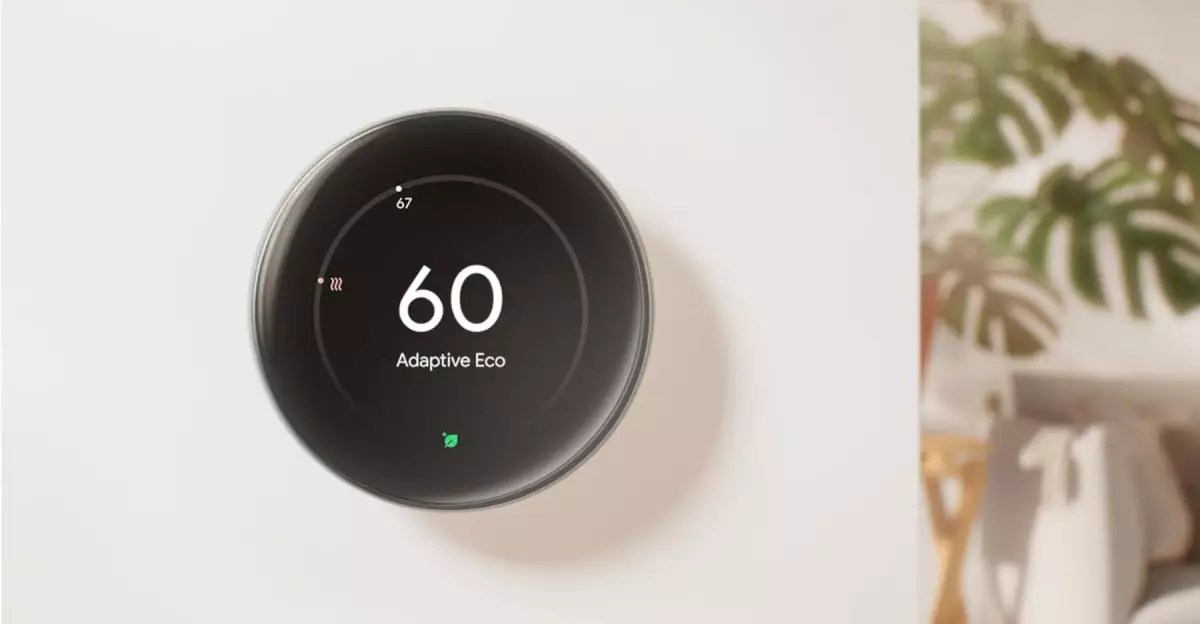The latest iteration of Google’s Nest Learning Thermostat signifies a pivotal evolution in the realm of connected home devices. Not merely a refinement, this new model incorporates cutting-edge features that elevate the user experience and expand its compatibility horizons. While the smart thermostat landscape has been crowded, Google’s relentless innovation and user-centered design approach distinguish this device as a true game-changer. It’s no longer just about controlling temperature; it’s about creating an intuitive and seamless environment that adapts to your lifestyle with minimal effort and maximum efficiency.
Unlike previous versions, the fourth-generation Nest boasts a more elegant aesthetic, laying the foundation for a refined integration into modern living spaces. The hardware redesign is thoughtfully executed, emphasizing not only style but also functionality. It’s evident that Google prioritized user interaction, ensuring that the device’s impressive display and smart features serve real-world needs. With larger visuals, customizable interfaces, and smarter sensors, this thermostat transforms from a mere gadget into a central hub of home comfort.
Enhanced Compatibility and Smart Integration
One of the defining features of this upgraded thermostat is its open ecosystem support. Native support for the Matter protocol marks a significant breakthrough, allowing seamless interoperability with a wide range of smart home platforms—from Google Home to Apple’s HomeKit, Amazon Alexa, and Samsung SmartThings. For users investing in diverse ecosystems, this flexibility eliminates compatibility headaches and ensures that the Nest Thermostat can integrate smoothly with existing or future smart devices.
Furthermore, the device’s improved HVAC compatibility broadens its utility. No longer limited by power cable requirements, the 4th-gen model adopts wireless power capabilities, simplifying installation in older homes or tricky setups. This is a major relief for homeowners who have been hesitant to upgrade due to wiring concerns. However, Google’s compatibility checker remains an essential step to confirm a seamless fit with specific systems, underscoring the company’s commitment to user confidence and reliability.
What truly elevates this generation is its intelligent sensing technology. Equipped with an upgraded Soli radar sensor, it can detect approaching individuals, providing a more anticipatory, responsive experience. This sensor, combined with the second-generation remote temperature sensor, grants homeowners granular control over different zones within their dwelling. This level of precision ensures energy isn’t wasted, and comfort isn’t compromised—a crucial factor for environmentally conscious consumers.
User-Centric Design and Functional Superiority
Beyond the technical advancements, the user interface is where this thermostat truly shines. The display, significantly larger—by 60% compared to previous models—delivers a richer, more detailed view of your environmental data. This design choice shifts the device from an unobtrusive control to a visual centerpiece that offers vital insights about your home’s climate at a glance. Customization options allow users to prioritize what information is displayed, tailoring the experience to personal preference.
The Smart Scheduling feature embodies the core value proposition—automation driven by intelligent learning. By analyzing your usage patterns, the thermostat adjusts settings proactively, alleviating the mental load of manual temperature management. This feature not only enhances convenience but also optimizing energy consumption, aligning comfort with sustainability.
Smart home enthusiasts will appreciate the thermostat’s support for multiple voice assistants and remote control options. The ability to manage your home’s climate via voice commands, mobile app, or even integration with other smart devices reinforces its status as a central piece of a cohesive smart home ecosystem. For those who value effortless convenience, this device does not disappoint.
Ultimately, the fourth-generation Nest Learning Thermostat isn’t just a device—it’s a statement of how smart technology can elevate daily living. It exemplifies thoughtful engineering, robust connectivity, and user-focused features that make home automation both accessible and empowering. As smart homes become the norm rather than the exception, embracing such advanced yet user-friendly gadgets will define the future of personalized comfort.

